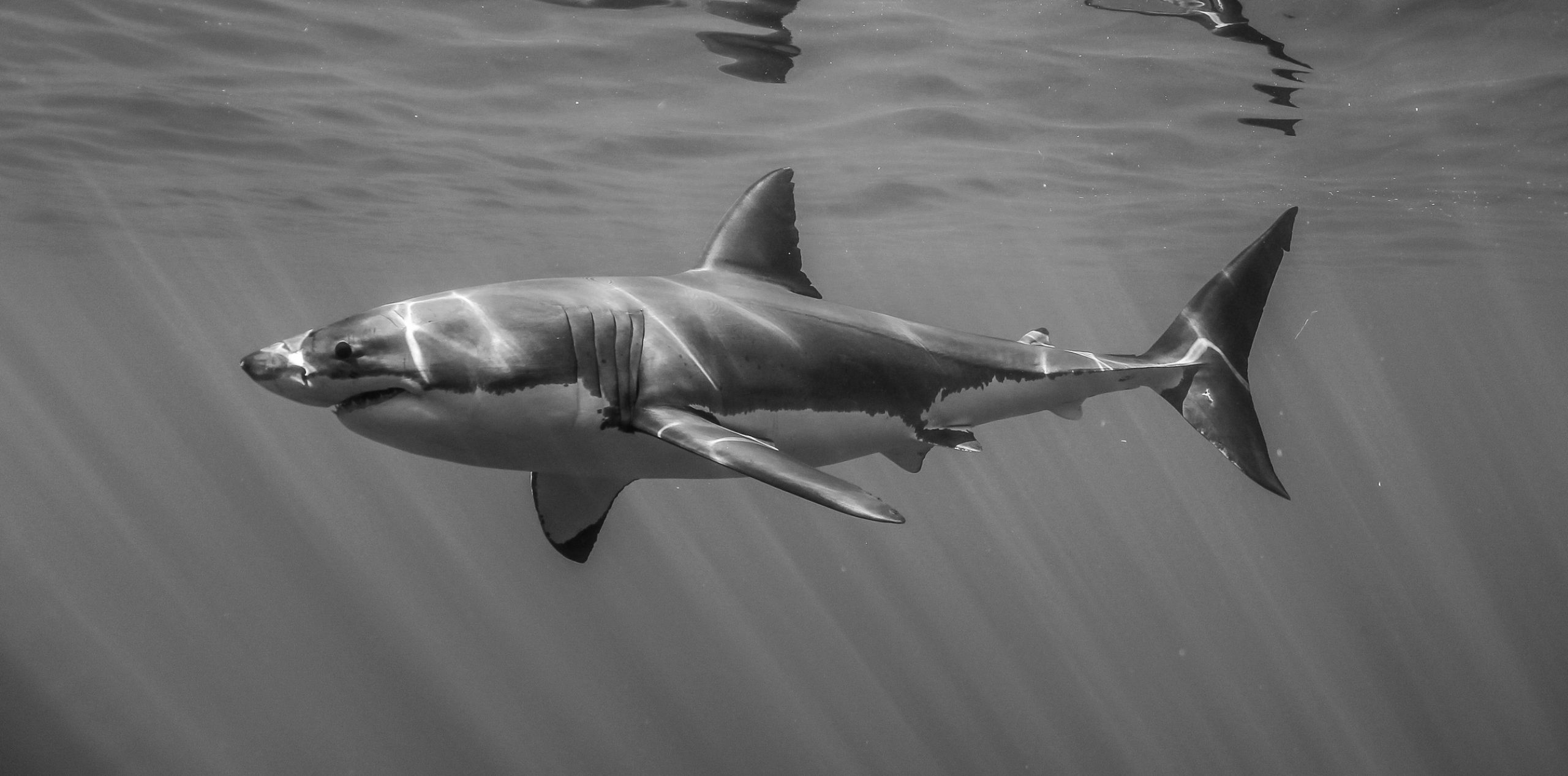LOL – Lauren on Location – Lauren makes her way to Thresher Shark Research and Conservation Project (TSRCP), based on Malapascua Island, off the North East tip of Cebu, gets some on site dive training, explores a wreck and catches her first sight of a thresher shark.
After flying back from Legaspi to Manila and then from Manila to Cebu, I then boarded a Ceres Liner bus to Maya, the bus was fantastic (apart from the heat!), most people on the bus had cockerels in their bags which led to a chorus of crowing as we whizzed along the track, I had a lovely lady sit next to who must have thought I needed fattening up as she kept pulling out all sorts of food from her bag to give to me!

Leaving Cebu on route to Maya
The bus took 3 & 1/2 hrs which considering it can take 6hrs was pretty good going, at Maya I was picked up by the TSRCP crew and we headed over to Malapascua Island (this took around 30 mins).

At Maya ferry port, with Malapascua Island in the far distance.
On arrival on Malapascua I got settled in and loved my room and the artwork at the guesthouse!
 The door to the bathroom!
The door to the bathroom!
 One of the walls in the Guesthouse
One of the walls in the Guesthouse
The following day I had an island tour (courtesy of Nick – Science Officer and Helen – Education officer) and then I began dive training G.U.E. style, G.U.E. Global Underwater Explorers emerged out of a shared desire to safely explore and protect the underwater world and to improve the quality of education and research in all things aquatic. They utilize different diving techniques and styles than those taught conventionally, hence when used to diving in a certain way the training can be quite challenging.
However thanks to Medel’s (Expedition Leader) training capabilities I soon began to get the hang of it, all training is conducted at specific sights with sandy bottoms hence buoyancy issues can be resolved with no cost to the aquatic environment (even if you do end up face planting yourself). However I must report I am yet to fully conquer a technique known as the reverse fin, the object is as the term implies to go backwards, this is all well and good apart from my feet and butt having a tendency to rise up rather than go backwards, I can only imagine what I must look like underwater, indeed if the cleaner fish see me in that position they will probably think it is an elaborate invitation posture for them to come and clean me!
By the Wednesday (14th) I had completed by dive training and had even done a fun dive – a Japanese WWII wreck, the coral growth and species are incredible and the critters to be seen are both numerous and elaborate, most people dive this site at sunset to see the Mandarin fish, however I was extremely lucky to see both an adult and a juvenile mandarin fish on the dive around 3pm.
By the Thursday I was able to dive the site which I had come here for: Monad Shoal. We were on the boat by 6am and heading to Monad which is about 1/2hrs boat ride away, as we descended onto Monad I was shown the site by Medel and Felimar (Dive Master), just as we were preparing to begin an ascent (we had already seen numerous species of coral, lionfish, cuttlefish, blue spotted rays etc) a Pelagic Thresher Shark came into view, this is what I had come here to see, the shark did an initial pass and then came back, we got as low as we could to the bottom and let the shark do its thing, at one point it came in low and headed directly at us, incredible view so sleek and he practically shimmered underwater with his colouration, when it eventually swam off watching it’s tail disappear into the distance was incredible!
What a fantastic first encounter, I hope I have many more over the next 2 months…

